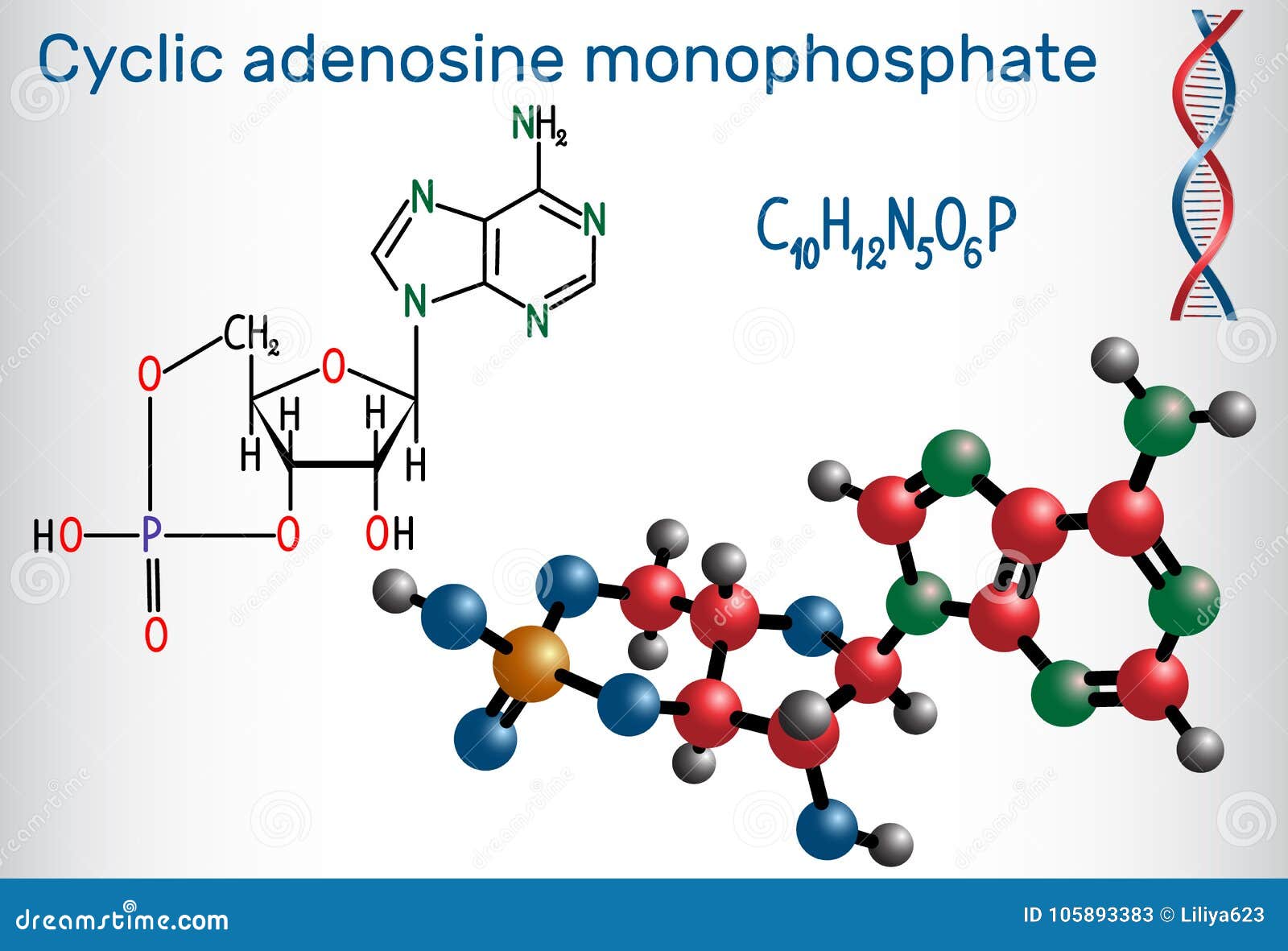

Thus, AMPs provide a new alternative to antibiotics. In contrast, AMPs show the advantages by acting on multiple targets on the plasma membrane and intracellular targets of pathogenic bacteria, and have potent activity on drug-resistant bacteria. However, the emergence of drug resistance due to the single target of antibiotics, long-term and extensive utilization, is becoming a major challenge for clinical infection management. The treatment of pathogenic bacteria has been long-time mainly relied on antibiotics.

Besides antibacterial activities, AMPs have been found to possess a variety of biological functions, such as immune regulation, angiogenesis, wound healing and antitumor activity. To date, the AMP database has reported 3791 AMPs from six kingdoms, including 431 from bacteria, 4 from archaea, 7 from protozoal, 6 from fungal, 824 from plants and 2519 from animals. doi: 10.1046/j.Antimicrobial peptides (AMPs) are the small molecular peptides that play a crucial role in the innate immunity of the host against a broad range of microorganisms, including bacteria, fungi, parasites and viruses. Cytokine-inducible SH2 protein-3 (CIS3/SOCS3) inhibits Janus tyrosine kinase by binding through the N-terminal kinase inhibitory region as well as SH2 domain. Suppressors of cytokine signaling in health and disease. Identification of CCAAT/enhancer-binding proteins as exchange protein activated by cAMP-activated transcription factors that mediate the induction of the SOCS-3 gene. Yarwood SJ, Borland G, Sands WA, Palmer TM. Exchange protein activated by cyclic AMP (Epac)-mediated induction of suppressor of cytokine signaling 3 (SOCS-3) in vascular endothelial cells. Sands WA, Woolson HD, Milne GR, Rutherford C, Palmer TM. Epac proteins: multi-purpose cAMP targets. A representative region of the ESI-09 spectrum is shown (0.6–1.2 ppm).īos JL. ( C) 1D and WL spectra were performed on samples containing the commercially available EPAC selective inhibitor ESI-09 (50 µM) in the absence and presence of EPAC1-CNB, EPAC2-CNB or GST alone, as indicated (2.5 µM). A representative region of the I178 spectrum is shown (7.1–7.51 ppm). ( B) 1D and WL spectra were performed on samples containing I178 (50 µM) in the absence and presence of EPAC1-CNB, EPAC2-CNB or GST alone, as indicated (2.5 µM). The NMR data are representative of data collected at several protein and ligand concentrations. Interaction between compound and protein was assessed through comparison of the compound alone and protein-compound sample spectra. A representative region of the I942 spectrum is shown (7.1–7.75 ppm). ( A) One dimensional proton (1D) and waterLOGSY (WL) spectra were performed on samples containing hit compound I942 (50 µM) in the absence and presence of EPAC1-CNB, EPAC2-CNB or GST alone, as indicated (2.5 µM). Ligand Observed NMR reveals Hit compounds Interact Directly with EPAC1-CNB and EPAC2-CNB, but not GST alone. Furthermore, the isoform selective agonist nature of these compounds highlights the potential for the development of small molecule tools that selectively up-regulate EPAC1 activity. To our knowledge, this is the first observation of non-cyclic-nucleotide small molecules with agonist properties towards EPAC1. In contrast, there was very little agonist action of I942 towards EPAC2 or protein kinase A (PKA). Moreover, in vitro guanine nucleotide exchange factor (GEF) assays revealed that I942 and, to a lesser extent, I178 had partial agonist properties towards EPAC1, leading to activation of EPAC1, in the absence of cAMP, and inhibition of GEF activity in the presence of cAMP. Follow-up characterisation by ligand observed nuclear magnetic resonance (NMR) revealed direct interaction of I942 and I178 with EPAC1 and EPAC2-CNBs in vitro. Two of these hits (I942 and I178) were selected for their robust and reproducible inhibitory effects within the primary screening assay. Screening of a carefully selected library of 5,195 small molecules identified 34 hit compounds that interact with the regulatory cyclic nucleotide-binding domain (CNB) of the cAMP sensor, EPAC1.


 0 kommentar(er)
0 kommentar(er)
